Application of Science & Technology: A “Lever” to Elevate Vietnam’s Fisheries Sector
Breakthroughs Through Science & Technology (S&T)
Vietnam’s fisheries sector has achieved many significant milestones in recent years, contributing to the country’s national economic development. In 2024, total seafood output reached nearly 9.7 million tons, with export turnover exceeding USD 10.03 billion, placing Vietnam among the Top 3 largest seafood exporters in the world. Science and technology have been a key driving force behind this success, especially in selective breeding of major aquaculture species such as black tiger shrimp, whiteleg shrimp, pangasius, and milk oysters. Farming techniques, seed production, and disease management have been significantly improved to enhance both quality and productivity.
Whiteleg shrimp has received particular attention in selective breeding programs. Since 2023, Viet-Uc Group has made major investments in molecular genetics, resulting in shrimp strains that grow 98% faster and have stronger resistance to hepatopancreatic diseases — a major threat in intensive shrimp farming. Beyond breeding, Viet-Uc has built high-tech water treatment plants incorporating antibacterial sand filtration – ozone – UV systems to ensure clean and biosecure water for hatcheries. This solution has helped eliminate EHP pathogens from the water source, providing an ideal environment for healthy post-larvae.
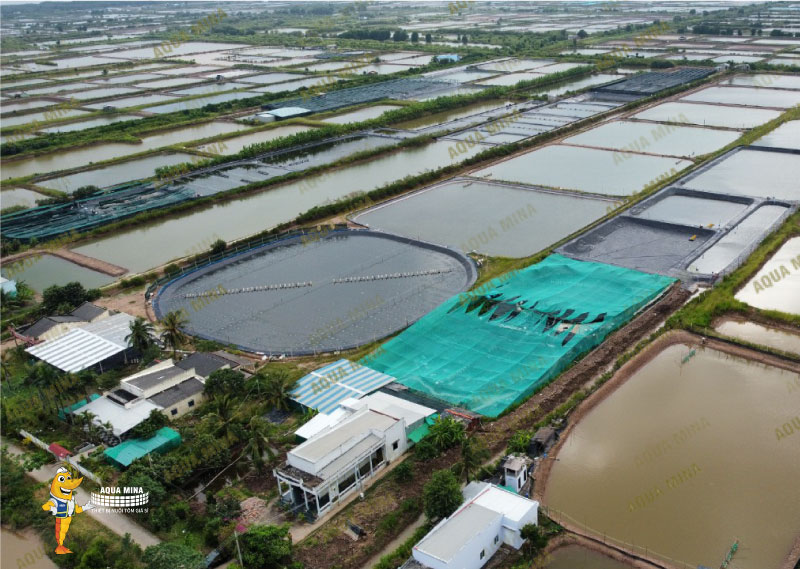
Shifting Mindsets and Adopting New Technologies
According to Resolution No. 57-NQ/TW, science, technology, and digital transformation are imperative for Vietnam to thrive in the digital era. In fisheries, this need is especially urgent as traditional farming models reveal limitations in productivity, quality, and environmental safety.
High-tech aquaculture models such as recirculating aquaculture systems (RAS), automated marine cage farming, and the use of IoT and AI have boosted productivity, reduced losses, and enhanced disease control. In particular, the application of blockchain and Big Data in traceability and supply chain management is reshaping seafood production, processing, and distribution.
According to Mr. Tran Dinh Luan, Director General of the Directorate of Fisheries, “Resolution 57-NQ/TW lays a strong policy foundation for the fisheries sector to transition toward green, circular, and high-tech production. If implemented systematically, this will be a vital driving force to help Vietnam maintain its global top-three position in seafood exports.”
Key focuses include wastewater treatment, by-product reuse, and chemical residue control using molecular biotech, all gaining attention from the sector. Meeting international standards such as ASC, BAP, and GlobalG.A.P is no longer optional but a mandatory condition to access premium markets like the EU, Japan, and the U.S.
Additionally, the use of GPS and vessel monitoring systems (VMS) in capture fisheries has enabled compliance with IUU (Illegal, Unreported, and Unregulated) fishing regulations, boosting Vietnam’s reputation and expanding its export markets.
Human Resources and Research – Pillars of Technological Transition
In the journey of digital transformation and innovation, developing a skilled workforce is deemed a decisive factor. Resolution No. 57-NQ/TW emphasizes that training human resources is a foundational pillar to bring science, technology, and digital solutions into practice in agriculture and environment — with fisheries playing a critical role.
Given this, Vietnam’s fisheries sector must intensify training for technical staff, businesses, and farmers in new technologies, digital skills, and modern management thinking. This is essential to improve productivity and quality while enhancing competitiveness in the global value chain.
In parallel with human capital development, the public–private partnership (PPP) model and linkages among research institutions, universities, and businesses must be strengthened. Research programs should be clearly oriented and demand-driven, based on the needs of producers and enterprises, to increase practical applicability and commercialization of scientific outcomes.
Science & Technology – The Gateway to Vietnam’s Aquaculture Future
Despite its vast potential, Vietnam’s fisheries sector faces challenges from diseases, climate change, price pressures, and stringent quality demands from global markets. However, strong investment in technologies such as AI, IoT, blockchain, and big data is helping the industry gradually overcome growth barriers. Digital integration across all stages — from seed production to traceability — is creating a “smart – green – efficient” aquaculture ecosystem.
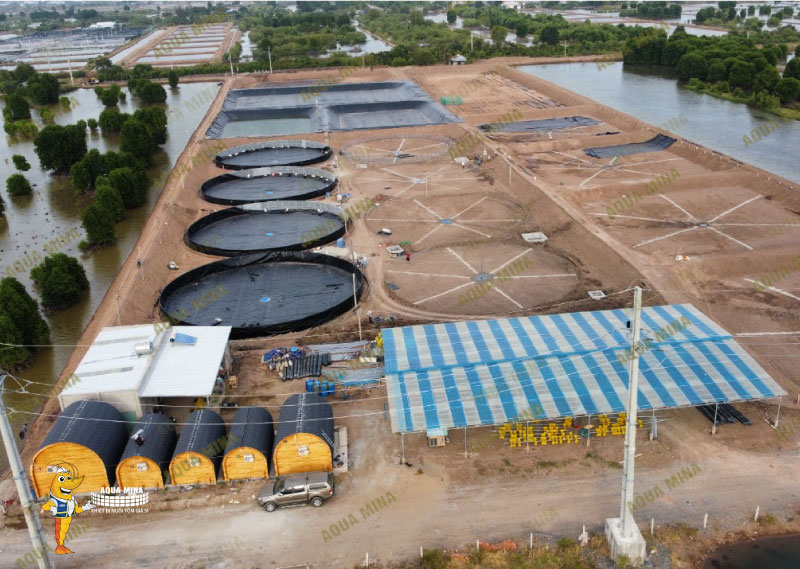
In the near future, the sector should focus on:
Improving seed quality through genetic selection and superior breeding programs.
Developing sustainable industrial farming models, incorporating automation and early environmental warning systems.
Increasing localization of equipment and supporting technologies, reducing import dependence.
Promoting international cooperation to access advanced technologies and leverage opportunities from free trade agreements.
The future of Vietnam’s fisheries depends on its readiness to adopt technology, upgrade its workforce, and foster research collaboration. Resolution No. 57-NQ/TW has opened a door of opportunity — but to realize it, there must be synchronized efforts from the government, businesses, and the scientific community. By treating S&T as the development pillar, human resources as the engine of innovation, and partnership as the operating model, Vietnam can retain its global leadership — not only in quantity but in quality, sustainability, and added value.
Source: nguoinuoitom.vn
Aqua Mina's distributor in Japan: REX INDUSTRIES CO., LTD
- Address: 1-9-3 Hishiya-Higashi, Higashi-Osaka 578-0948 JAPAN
- Email: kimakubo@rexind.co.jp
- Phone: +81-(0)72-961-9893
- Website: http://www.rexind.co.jp/e/
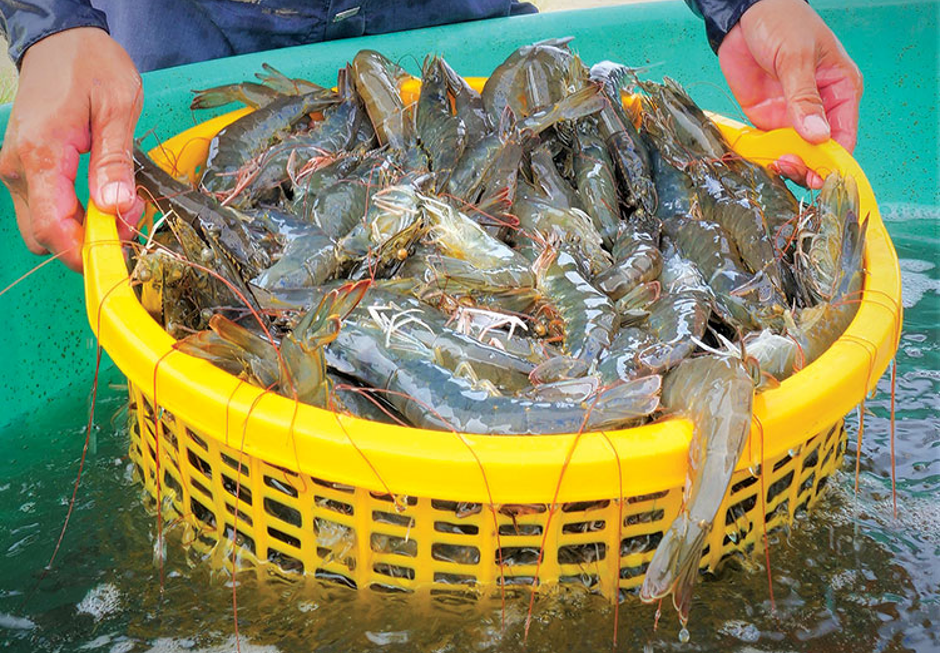
WE WORK FOR YOUR SUCCESS!
Ngày đăng : 17/06/2025
1505 View
Other Articles
Portuguese food group acquires 18% stake in cod farming company Norcod
Indonesia implements radioactive-free shrimp certification for exports to the United States
India is world’s second-largest shrimp producer. That is now under threat
Ca Mau’s shrimp industry moves towards “green” growth
Floods devastate aquaculture, processing operations in Vietnam
Ecuador Leads Global Shrimp Exports, Surpassing USD 7 Billion in 2025
India's marine product exports rise 16% as new markets offset US dip
Skretting presents the first shrimp feed with insect meal in Vietnam
Sharing: EU increases shrimp imports in the first 9 months of the year
Gideon De Oro opens high tech Cebu shrimp plant, to revive exports
White-leg shrimp facing WSSV: When density and environment fluctuate together








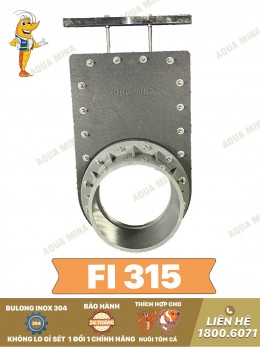

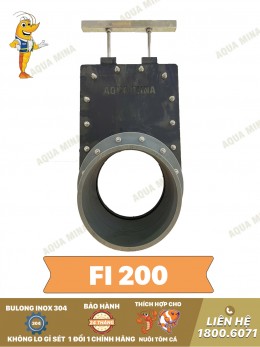
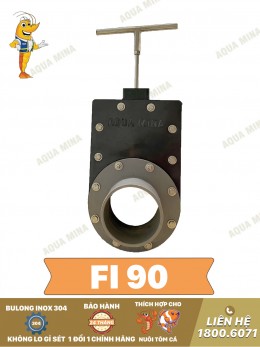
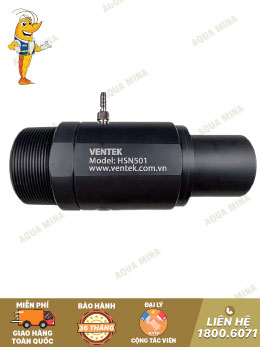

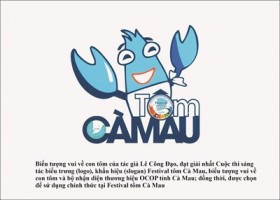

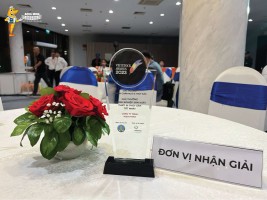
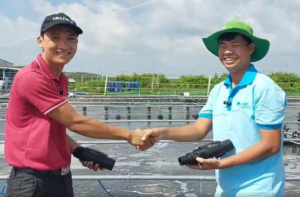
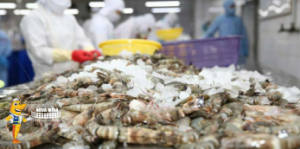
.jpg)